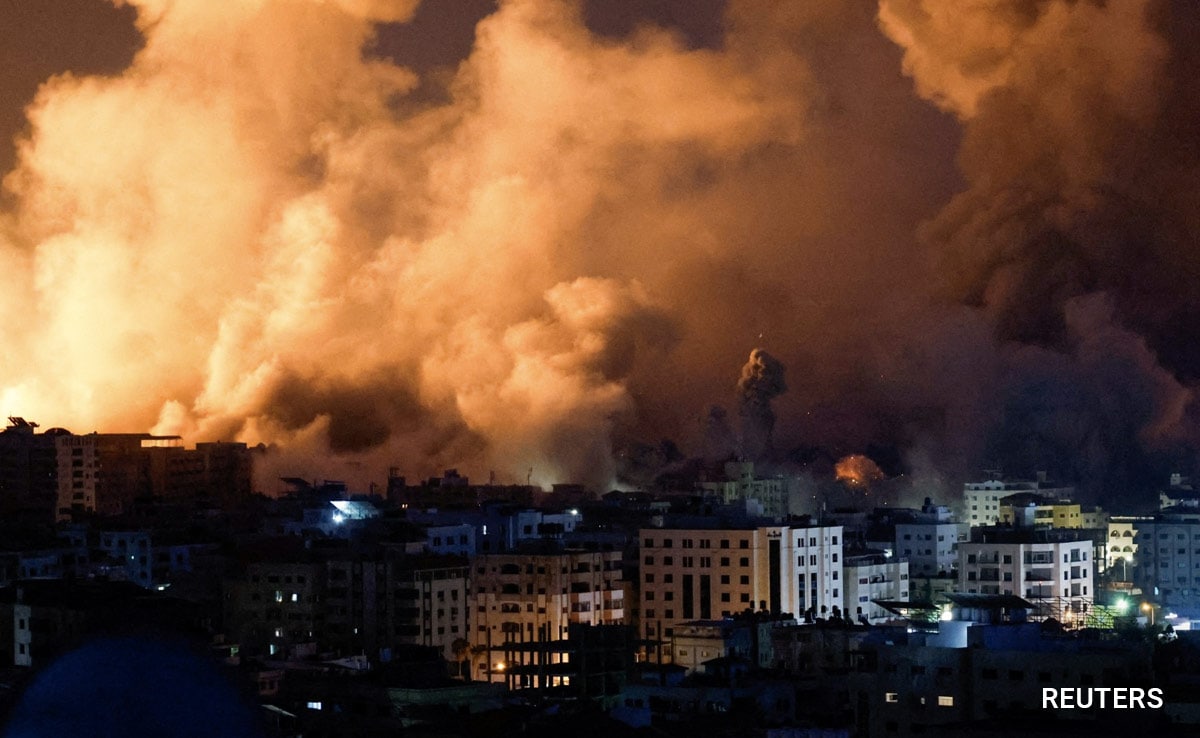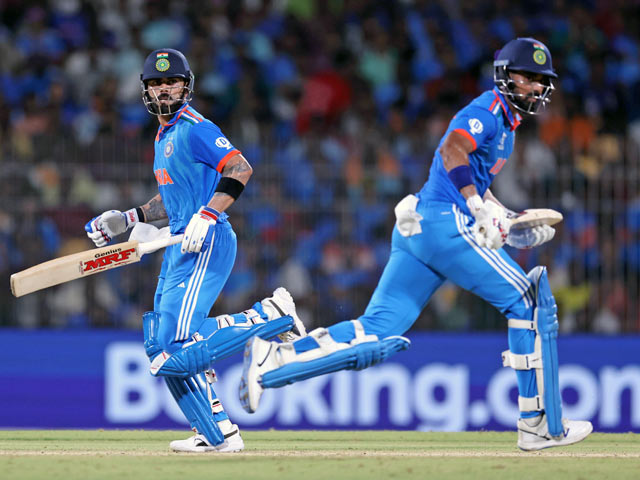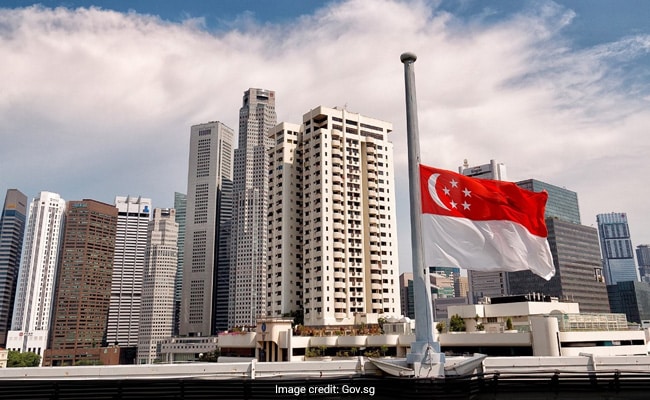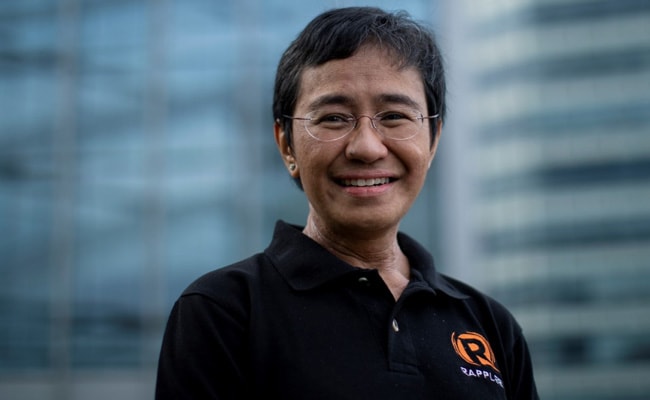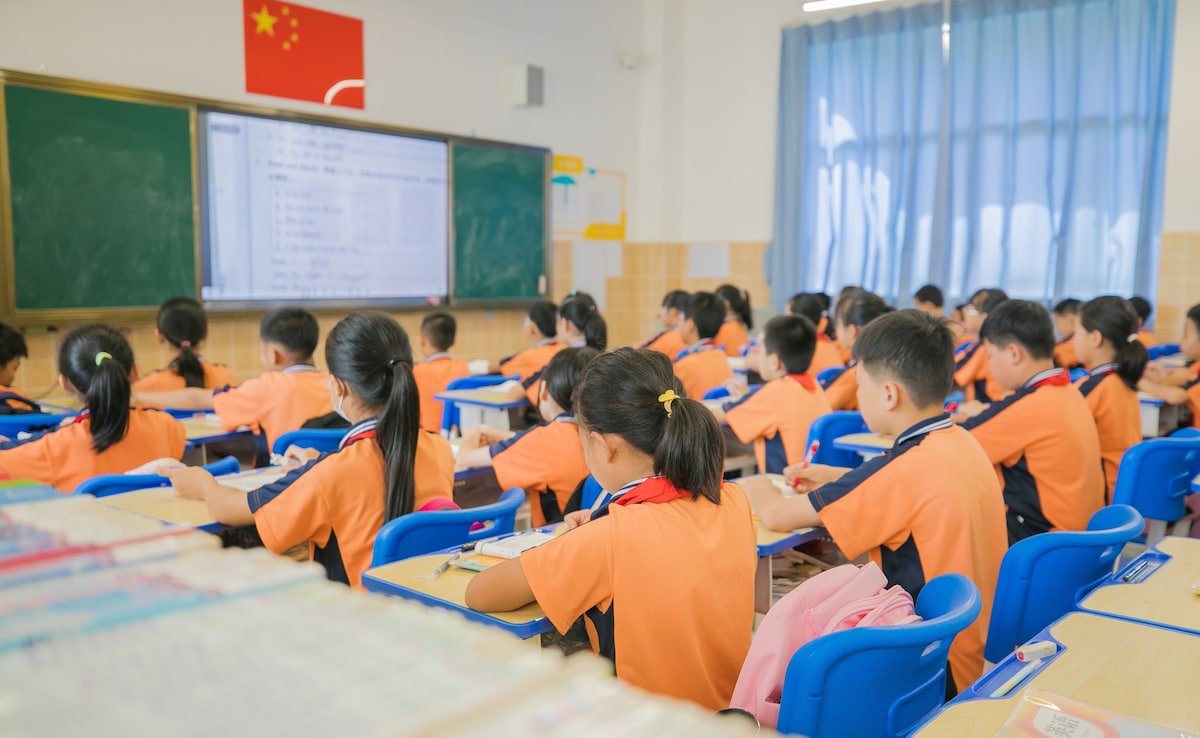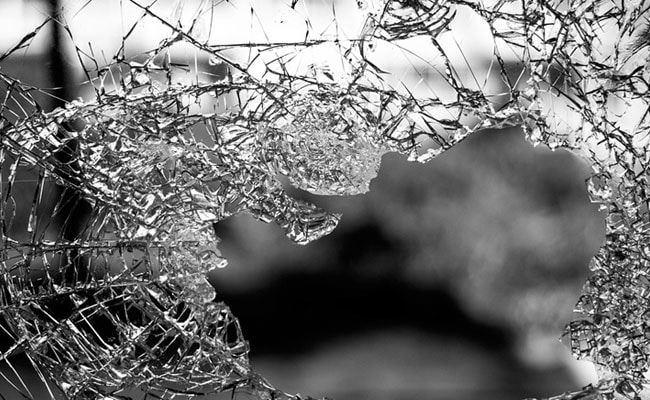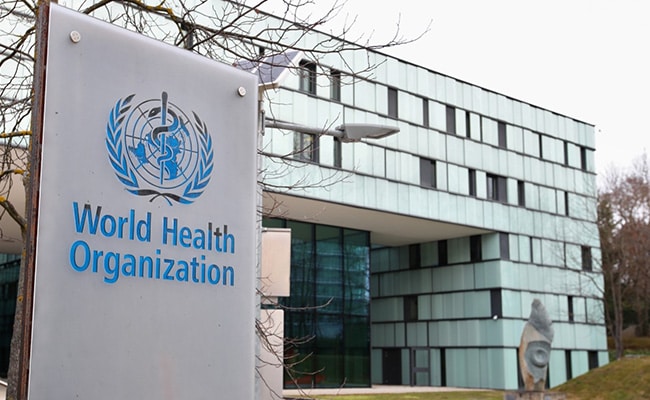People hold a placard with pictures of, as Iranian call them, martyrs, during a rally of Iranian diaspora in Europe, on the eve of the first anniversary of the death of Mahsa Amini, which prompted protests across their country, in Brussels, Belgium on September 15, 2023.
| Photo Credit: Reuters
Iranian security forces briefly detained the father of Mahsa Amini on September 16 and spread across mainly Kurdish areas of the country, a year after her death in police custody set off some of the biggest protests since the fall of the Shah in 1979.
State-affiliated media reported arrests of several “counter revolutionaries” and “terrorists” in different Iranian cities and said security forces had foiled plots to create disturbances around illegal demonstrations.
The death in custody of Mahsa Amini, a 22-year-old Kurdish woman arrested by the morality police last year for allegedly flouting mandatory dress codes, triggered months of some of the biggest protests against the Islamic Republic’s Shi’ite clerical rule ever seen and drew international condemnation.
Also Read | A year ago, an Iranian woman’s death sparked hijab protests
On Saturday, the first anniversary of her death, a massive security force presence was deployed in Iran’s mostly Kurdish areas on Saturday in anticipation of unrest, according to human rights groups.
But footage on social media showed apparent protests in areas including Gohardasht, a neighbourhood of the city of Karaj west of the capital Tehran, and in the northeastern city of Mashhad.
One video posted on social media showed a group of demonstrators in Gohardasht chanting “We are a great nation, and will take back Iran” while drivers honked their horns and shouted encouragement. Reuters could not immediately authenticate the video.
Also Read | Iran says Mahsa Amini died of illness rather than ‘blows’
Mahsa’s father, Amjad Amini, was warned against marking the anniversary of his daughter’s death before being released, the Kurdistan Human Rights Network said. Iran’s official IRNA news agency denied that Amjad Amini was arrested, but it did not say if he was briefly detained or warned.
Earlier, social media and reports by rights groups spoke of security forces taking up positions around Amini’s home in Saqez, in western Iran.
In a statement on Friday, U.S. President Joe Biden said: “Mahsa’s story did not end with her brutal death. She inspired a historic movement — Woman, Life, Freedom — that has impacted Iran and influenced people across the globe.”
Britain on Friday imposed sanctions on four Iranian officials and the U.S. said it was sanctioning more than two dozen individuals and entities connected to Iran’s “violent suppression” of protests.
According to social media posts, Amini’s parents had said in a statement earlier this week that, despite government warnings, they would hold a “traditional and religious anniversary ceremony” at their 22-year-old daughter’s grave in Saqez.
Widespread strikes were reported in multiple cities in Iran’s Kurdistan region.
Explained | Mahsa Amini and the widespread protests in Iran
However, IRNA said Amini’s hometown of Saqez was “completely quiet” and that calls for strike in Kurdish areas had failed due to “people’s vigilance and the presence of security and military forces”.
It quoted an official in the Kurdistan province as saying: “A number of agents affiliated with counter-revolutionary groups who had planned to create chaos and prepare media fodder were arrested in the early hours of this morning.”
In Frames | Iran protests: Bare heads, steely hearts

Rising high: Thousands making their way towards the Aichi cemetery in Saqez, Mahsa Amini’s home town in the western Iranian province of Kurdistan, to mark 40 days since her death, defying heightened security measures as part of a crackdown on women-led protests.

Burning issue: People light a fire during a protest against moral policing in Tehran.

Locks off: Nasibe Samsaei, an Iranian woman living in Turkey, cuts her hair during a protest outside the Iranian Consulate in Istanbul.

Taking a stand: A demonstration outside Iran’s Consulate in London.

In solidarity: People holding placards at the Acropolis archaeological site in Athens, Greece.

Loud and clear: A woman raising slogans in front of the Iranian Embassy in Madrid, Spain.

In one voice: A protester in the German capital Berlin gives a clarion call for freedom.

In memory: Syrian Kurdish women taking part in a demonstration in Syria’s northeastern city of Hasakeh.

Support for regime: Iranians taking part in a pro-hijab rally in the Tajrish Square, north of Tehran.
1/3
“,””],
responsive:{
0:{
loop:false,
autoplay:false,
nav: true,
dots:false,
touchDrag:true,
mouseDrag:true,
items:1
}
}
});
});
In the protests that followed Amini’s death more than 500 people, including 71 minors, were killed, hundreds injured and thousands arrested, rights groups said. Iran carried out seven executions linked to the unrest.
In a report last month, Amnesty International said Iranian authorities “have been subjecting victims’ families to arbitrary arrest and detention, imposing cruel restrictions on peaceful gatherings at grave sites, and destroying victims’ gravestones”.
Many journalists, lawyers, activists, students, academics, artists, public figures and members of ethnic minorities accused of links with the protest wave, as well as relatives of protesters killed in the unrest, have been arrested, summoned, threatened or fired from jobs in the past few weeks, according to Iranian and Western human rights groups.
Iran’s Etemad daily reported in August that the lawyer for Amini’s family also faced charges of “propaganda against the system”. If convicted, Saleh Nikbakht faces a jail sentence of between one and three years.





